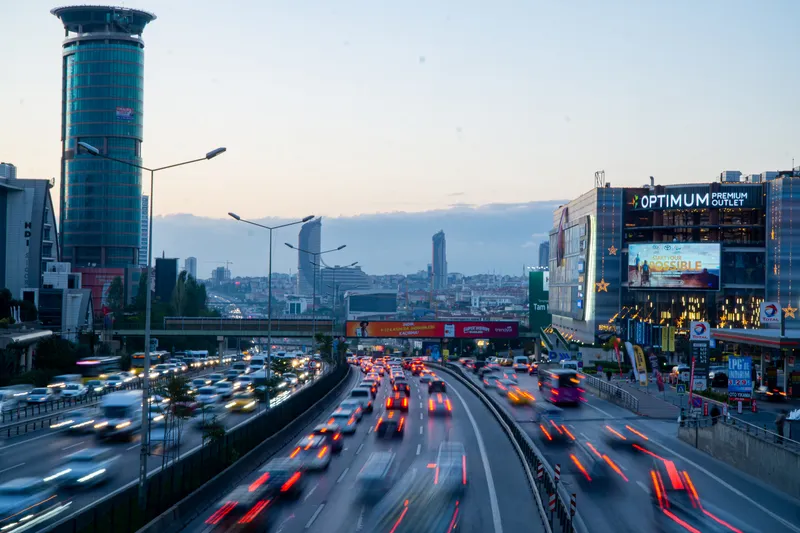Thales has announced the award of two major rail system contracts in Slovenia and China. The first, a US€40 million contract with the Slovenian Transport Ministry is for the provision of a complete European Train Control System (ETCS) Level 1 on the Slovenian part of Corridor D. Due for completion in 2015, this project in partnership with GH Holding concerns the 350 km line stretching from the Hungarian border to Italy. The company says this contract represents one of the most important ETCS Level 1 infras
September 18, 2012
Read time: 2 mins
The first, a US€40 million contract with the Slovenian Transport Ministry is for the provision of a complete European Train Control System (ETCS) Level 1 on the Slovenian part of Corridor D. Due for completion in 2015, this project in partnership with GH Holding concerns the 350 km line stretching from the Hungarian border to Italy.
The company says this contract represents one of the most important ETCS Level 1 infrastructure projects, adding to those already supplied in Europe, including Spain’s high-speed network, Poland and Denmark’s national rail network, Switzerland’s Lötschberg and Gotthard base tunnel.
The Corridor D project is part of the
Thales has also been awarded a contract worth US€33 million to supply Nanjing airport rail link with its SelTrac CBTC signaling system along the 35.8 km line within a strict and demanding deadline of 22 months to be ready for the next Youth Olympic Games in 2014.
As the host of the 2014 Youth Olympic Games, Nanjing city has planned to open four new rail lines before these games, adding to the two lines already in operation.
Thales says this proven solution will allow the airport line to perform safely and reliably to ensure optimal performance for Nanjing’s growing passenger service and transport demand.










